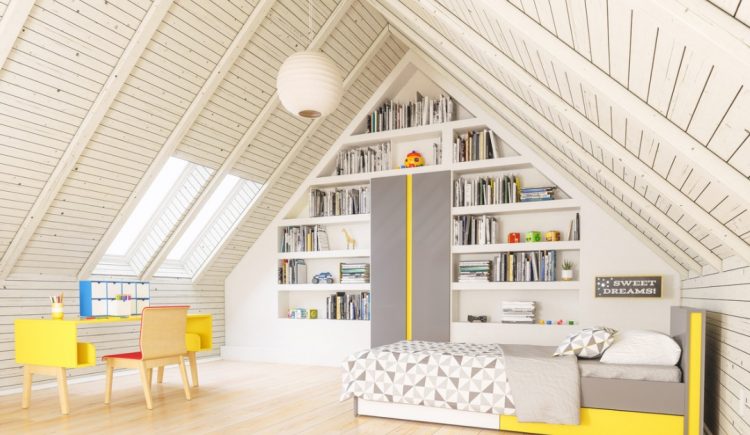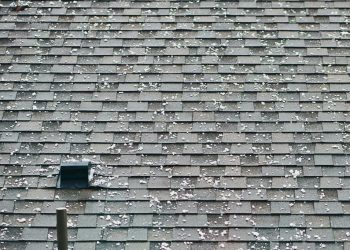Attics often get cold in the winter and unbearably hot in the summer. If you’re thinking about finishing your attic to use it as a spare bedroom, playroom or home office, you’ll need to figure out how to regulate the temperature.
Use the Right Type and Amount of Insulation
Insulation reduces the amount of heat transfer between the rest of the house and the attic. If your attic has extreme temperature fluctuations, it may benefit from additional insulation.
The U.S. Department of Energy has divided the United States into zones so that homeowners can choose the type of insulation that’s suitable for their climate. Visit a local home improvement store to find out which zone your home is in and to get advice on the type and amount of insulation to use in your attic.
Prevent Air Leakage
Gaps around windows and damaged window frames can lead to drafts. Air leakage can make the attic cold in the winter and hot in the summer. Check for any areas where drafts may occur and use caulk and/or weather stripping to seal them up.
Improve Ventilation and Air Circulation
Your attic may already have a combination of ridge and soffit vents to promote air circulation, but they may not be adequate. A contractor can inspect your attic and tell you if additional ventilation would be helpful. Vents should be kept open at all times, even on cold winter days, to prevent condensation that could damage the house’s structure and your belongings.
Fans can draw heat out of the attic and help keep it cool in the summer. You can have a contractor install a roof fan in a hole in the roof or a gabled wall fan in a gable vent.
Regulate Sun Exposure
In the summer, you can use blinds or curtains to block out sunlight and keep the attic from getting too hot. In the winter, you can leave the windows uncovered to let sunlight filter in and heat the space naturally. Those simple measures can help keep your utility costs down.
Heat and Cool the Attic Properly
The heating ducts that serve the rest of the house can be extended to your finished attic to keep it warm in the winter. If you decide to go that route, hire an HVAC professional to be sure that it’s done right.
Another option is to use a portable heater. Only do this if the attic has electricity. Don’t run an extension cord from another part of the house to the attic.
Central air conditioning should not be extended to an attic. Instead, you can use an air conditioner that fits in a window to keep the attic cool in the summer.
A single-zone mini split can allow you to control the temperature in the attic, independent of the rest of the house. This can help keep your utility bills manageable.











